26 Surprising and Unusual Things You Never Knew About Tea
TEATIME NOTES
Find tips, recipes, and articles to increase your delight and enjoyment of tea.
26 Surprising and Unusual Things You Never Knew About Tea
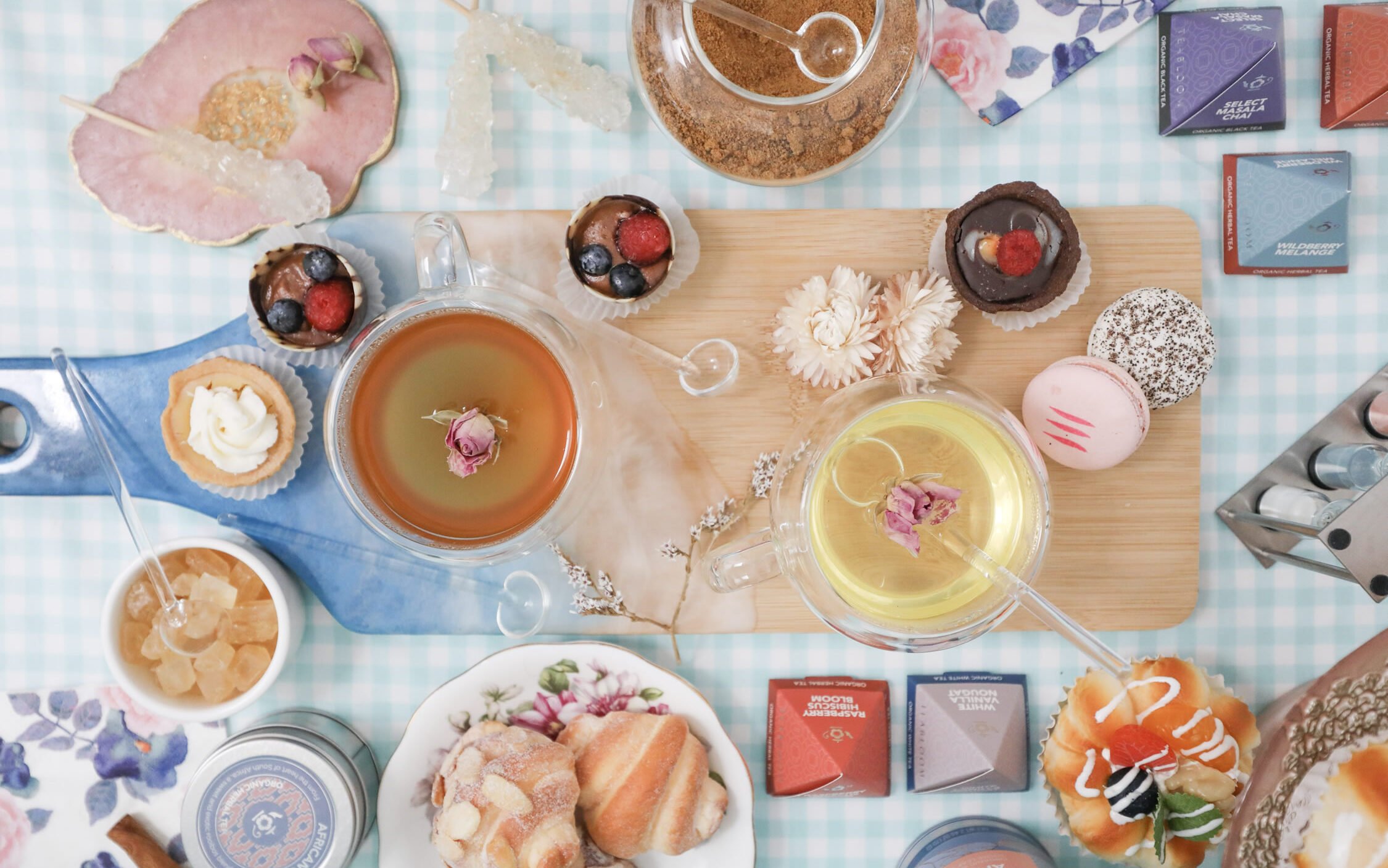
The Ultimate List of Tea Facts You Need to Know
How much do you really know about tea? You might know that some teas are made with gold or even poop — gasp! — and that High Tea is a low-class ritual. But did you know that some teas can be stored for 50 years or that there are creatures called tea pets? — yes, you can drink tea with a designated tea companion.
Here are twenty-six strange and entertaining facts about tea that are sure to surprise you. Add them to your mental list of “fun facts” and share them at your next tea party or during friendly chit-chat with your tea-loving friends.
- Tea Pets Are Super Real and Super Cute
Tea pets are tiny clay statues that have no soul when you purchase them. Over time, as you pour tea — which has a soul — over them, the soul within your tea transfers to your pet. You can even dip a brush into your tea and pet your tea pet. You can also use your tea pet to test the temperature of the water. They are such cute and friendly companions for your tea time.
- High Tea Was for the Lower Class
Surprise! High tea is not a high-class thing at all — in fact, high tea is low-class. High tea is simply a hearty evening dinner served at a high dining table with a pot of tea. Afternoon tea on the other hand — also known as low tea for the low coffee tables it’s enjoyed at — was enjoyed by royalty and the upper-class.
- Tea Before Milk - Not Milk Before Tea
Putting milk in your teacup before you pour your tea had everything to do with the quality of teaware you had — and your social status — back in the day. Adding milk to hot tea would crack low-quality teacups, but adding tea to the milk would temper the milk and spare the teacups from cracks. Today, the quality of your teaware has improved a ton and you can add milk to your teacup without any qualms.
- Tea Was Expensive and Locked in a Tea Caddy
In the 18th century, tea was pricey and regularly kept in a container called a “caddy”. It comes from the Malaysian word “kati” which translates to “the weight”. Some of these vessels were made of various materials — like blue and white porcelain from China. Most caddies, later on, were made of wood adorned with brass, ivory, tortoiseshell, and other elements. Most had a lock whose key was kept by the lady of the house to prevent theft.
- You Can Store Pu-Erh Teas for up to 50 Years
This fermented and aged tea is commonly pressed into pucks and shapes that are wrapped and stored for long periods of time. Pu-erh tea is also commonly used for butter tea in Tibet. It’s a thick, salty, calorie-dense drink that is consumed liberally throughout cold harsh days in higher elevations.
- Some of the Most Expensive Teas Are Made With Poop
That’s right! One of the most expensive teas in the world is made from tea plants fertilized with panda poop. On that same list is a tea whose leaves are painted with gold and a teabag that’s encrusted with diamonds that sold at auction for $15,000.
- There’s a Difference Between Ice Tea and Iced Tea
There are a few common ways to make tea with ice! If you want iced tea, you can steep your extra-strong tea and flash-chill it by adding ice to the hot water. If you want to make ice tea, steep your tea only a little stronger than you would for a regular hot tea. You’ll want to let it cool down on its own before adding pouring it into a cup and adding ice. No matter how you make your chilled tea make sure to get yourself a tea pitcher that can do it all — from hot tea and coffee to iced tea for all four seasons.
- Americans Are Obsessed With Iced Tea
It’s true! About 80% of tea consumed in the United States is iced. The history of iced tea in America is linked to the Revolutionary War and World War Ⅱ. Black iced tea didn’t become popular until the mid-20th century — iced tea was made with green tea before that.
- Tea Was Un-American and Called a “Traitor’s Drink”
Do you wonder why hot tea is so popular everywhere else in the world except America? There are many reasons coffee is more popular in the U.S. than tea — the Revolutionary War and the Boston Tea Party probably had a lot to do with it. In fact, John Adams called tea a “Traitor’s Drink, " which lead to a 10-year boycott of tea altogether. At this point, the colonists switched to growing and drinking coffee.
- There Are a Few Places in the US That Still Grow Tea
Tea is primarily grown in China, India, and various countries around the world because of labor and climate. But South Carolina and Hawaii grow tea, too! You can find tea plantations around some parts of the American south, but the climate in Hawaii might be better suited for harvesting tea.
- Darjeeling Tea Is Grown in Only One Area
In the same way that true champagne is made only in France, Darjeeling tea leaves are grown in only one specific region of India. Darjeeling is only about 70 square acres and sits at the base of the Himalayas. Darjeeling tea is known as the “champagne of teas”.
- Tea Plants Are Trees
Young tea plants — and therefore young tea leaves — are grown and harvested at their peak. Their stalks are kept short and small so the top leaves can be plucked by hand — most tea plants are harvested at about 3 to 5 feet tall. But, if the tea plant is left to grow, it can turn into a massive tree that can soar over 50 feet tall!
- Every Single Tea Comes From the Same Plant
Unlike coffee and wine, which are made with different kinds of beans and different kinds of grapes, all tea comes from the same plant. Thousands of very different tea flavors are made by rolling, oxidizing, and handling your tea leaves in various ways after harvesting. Oolong tea, black tea, white tea, green tea, and pu-erh tea are all made from the Camellia sinensis plant.
- 2000 Tea Leaves Make One Pound of Tea
It takes 2000 little tea leaves to make just one pound of tea — or 200-250 cups of tea. 100 million cups of tea are consumed every day, which comes out to about 36 billion a year — or 288-360 million individual tea leaves a year!
- Japanese Matcha Was Meant for Monks
In 1191, Myoan Eisa — a Japanese monk — brought Chinese green tea seeds back to Japan. Matcha green tea was originally grown and used by monks in temples. Matcha helped them stay alert and focused during their meditation sessions. Soon after, the rich and powerful caught wind of this amazing tea and turned matcha into a high-class commodity. They created the intricate Japanese tea ceremony — some ceremonies lasted up to four hours!
- Tea Doesn’t Give You a Caffeine Crash
Thanks to L-theanine, you can experience all the alertness of caffeine without the crash you typically get with coffee. The Japanese monks didn’t know this about matcha, but L-theanine is why they were able to focus so well during meditation. Many people are switching from coffee to tea so they can get that caffeine energy without an afternoon nap.
- Tea Has More Caffeine Than Coffee - Technically
Yes, yes, yes — a cup of coffee does have more caffeine than a cup of tea. But, this is because you use fewer tea leaves to make a cup of tea than coffee beans to make a cup of coffee. By weight, tea leaves actually have more caffeine than coffee beans.
- Teabags Were Invented by Accident
In 1908, Thomas Sullivan — a New York merchant — shipped his teas in little silk bags to his clients around the world. The bags were meant to be used to transport the tea. But, he found out his clients left the tea inside the silk bags which was more convenient and much faster than handling loose-leaf tea. From then on, hand-sewn silk bags would become a new efficient way to make tea.
- Tasseography Is the Practice of Reading Tea Leaves
Tasseography — of tasseomancy — is a fortune-telling method that can be performed with tea leaves, coffee grounds, and even wine sediment. With this divination tool, you’ll direct your energy and use tea leaves to analyze your past, present, and future. The book “Reading Tea Leaves” was written in 1881 and is still widely used today as a guide for many who practice tasseomancy.
- The Quality of Your Water Matters a Ton
It turns out that the quality of your water and the number of minerals in your water can alter the flavor of your tea a lot. Water with too few minerals will make your tea taste flat and stale. And water that has been boiled, cooled, and boiled again can make your tea taste “off”. You should always use fresh water when you make your tea.
- You can Decaffeinate Your Own Tea at Home
Can’t find your favorite tea in decaf? — You can make your own! To make decaffeinated tea at home simply steep your tea for twenty seconds to one minute — this will release the caffeine. Pour out the caffeinated water and fill your teapot or tea kettle again to re-steep your decaffeinated tea to your desired strength. Voilà! You just made decaf tea!
- Glass Teapots Are Better for You and Your Tea
Did you know the glaze on ceramic and stoneware teapots can leech toxic chemicals into your tea? You may be drinking a daily dose of lead and cadmium which can lead to long-term health issues. Borosilicate glass teaware is non-porous, strong, and easy to care for — and it won’t leach toxins into your tea.
- Most Tea Bags Harm the Planet
It turns out those innocent little tea bags not only cause harm to the environment, but they could be harming you as well. — Tea bags are a big issue! Many tea bags release billions of microplastics into every cup of tea you drink, and most of them are made with materials that don’t decompose. If you use tea bags, make sure you use only 100% compostable teabags — ones that protect your health and protect the planet.
- Black and Green Teas Have Anti-cancer Properties
Recent studies have shown that black teas and green teas may have anti-cancer properties. Green tea is full of catechins — including EGCG — which might be chemo-protective and slow down the growth of cancer cells. Black tea has a phytonutrient that may be a FAS inhibitor which may help reduce or slow cancer cell growth.
- A French Press Makes an Excellent Teapot
Coffee and teapots, move aside! You can make tea with a french press — or a tea press. If you make tea with the press method, use a press that’s designated only for tea so you don’t get that lingering coffee flavor in your water. A tea press is a modern and efficient way to make a not-so-traditional pot of tea that tastes excellent.
- Earl Grey Tea Is Named After a Real Person
English aristocrat and Prime Minister Charles Grey was gifted tea that was infused with bergamot oil. After asking merchants to recreate it, the tea was named “Earl Grey” for the man who loved it so dearly. Thank you, Charles!
Discover Handcrafted Teaware and Exquisite Organic Teas
From the start, Teabloom has been on a mission to clean up the tea industry one teacup at a time. They offer the largest selection of borosilicate glass teaware to suit all tastes and aesthetics — from classic shapes to modern sleek silhouettes. Their USDA Certified Organic teas come from single-origin farms, and their revolutionary tea sachets are far better than biodegradable tea bags — they are 100% compostable.
Read more about all things tea and explore sustainable and eco-friendly teaware at Teabloom, today.
*The information provided in this post is not intended to be a substitute for professional medical advice, diagnosis, treatment, or prevention. If you or someone you know has a medical concern, you should consult with your professional healthcare provider or seek other professional medical treatment.


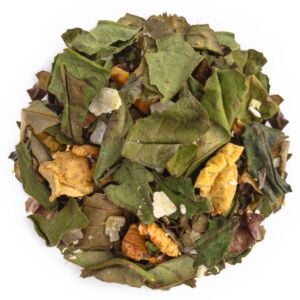
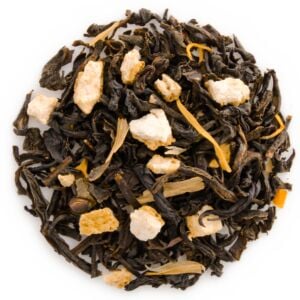
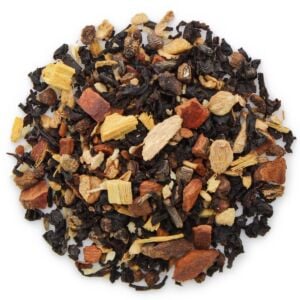
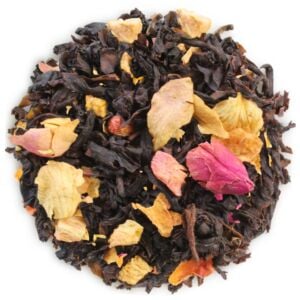
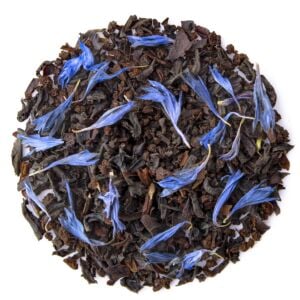
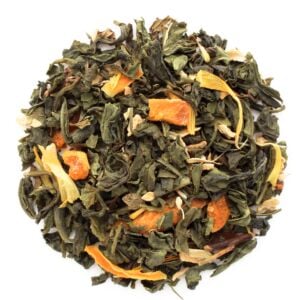

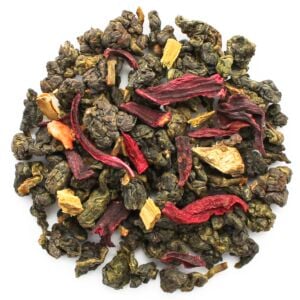
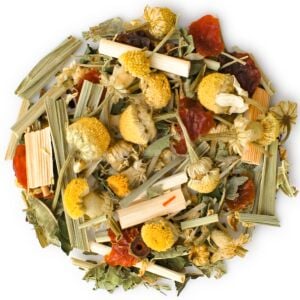
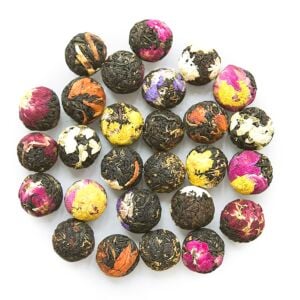





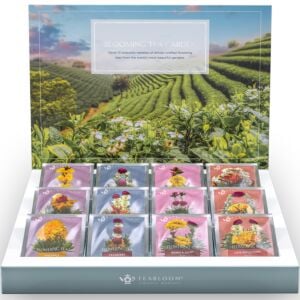
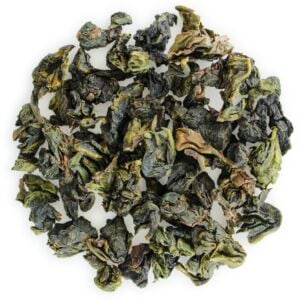

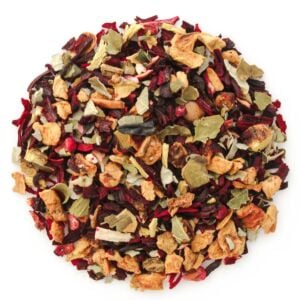
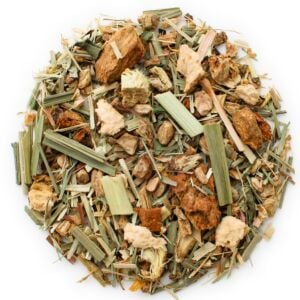
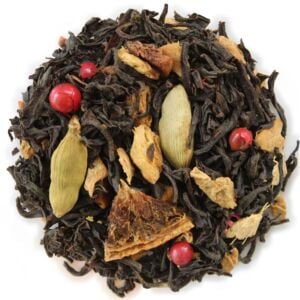
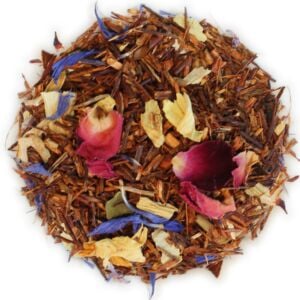
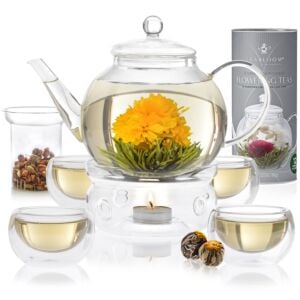

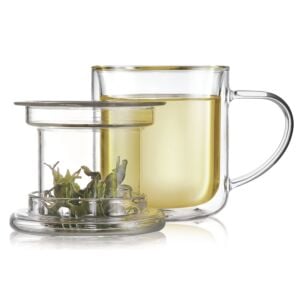
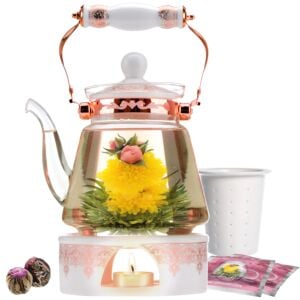
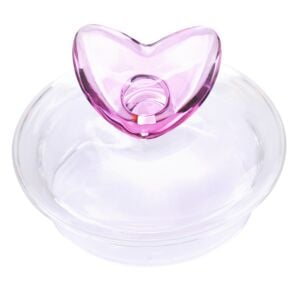
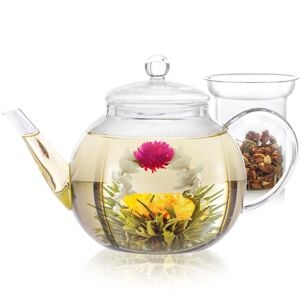
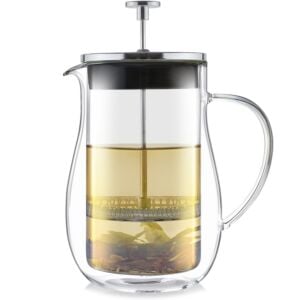

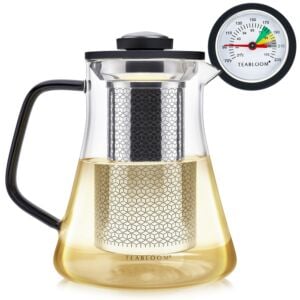



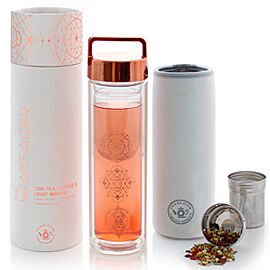

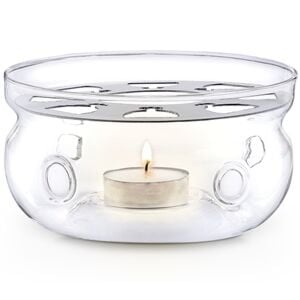

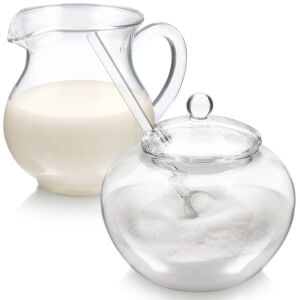
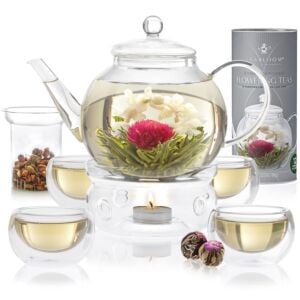

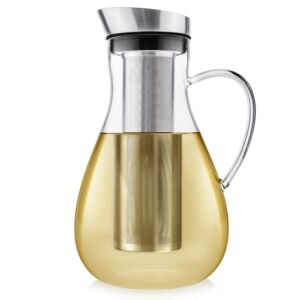
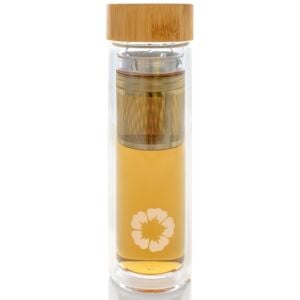
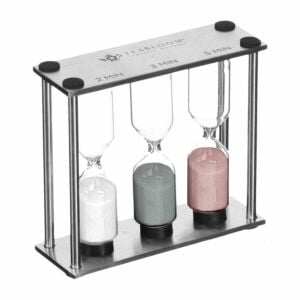
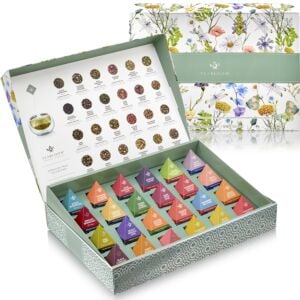
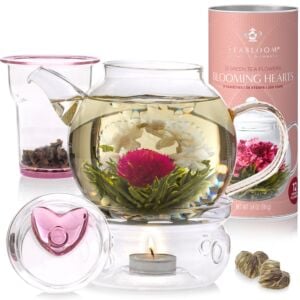

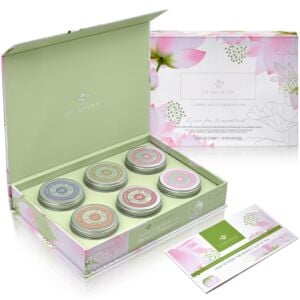
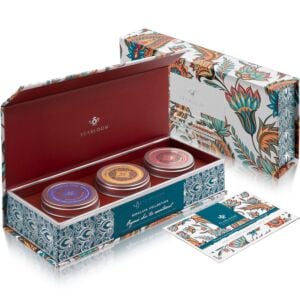
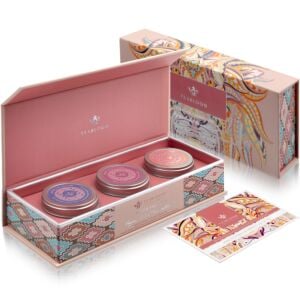
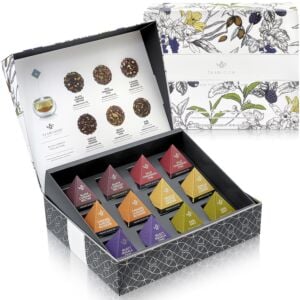



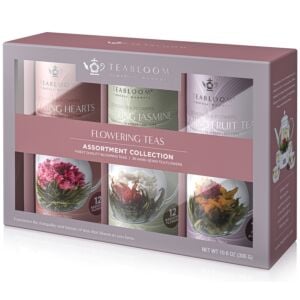
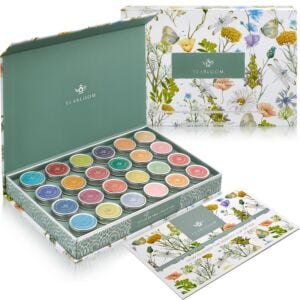
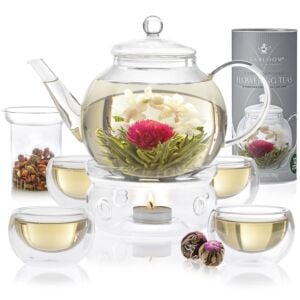
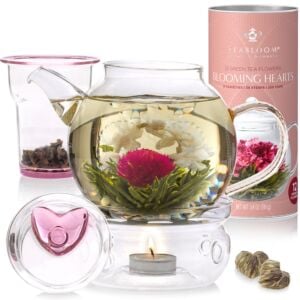
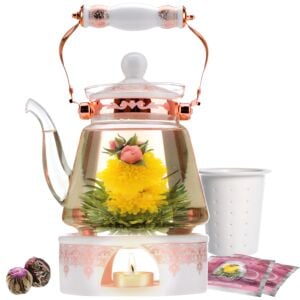
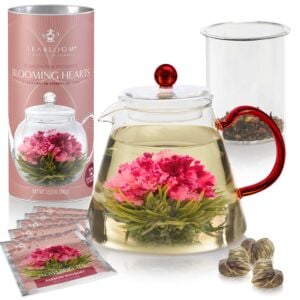

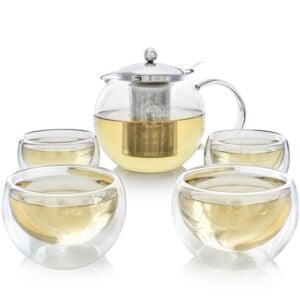
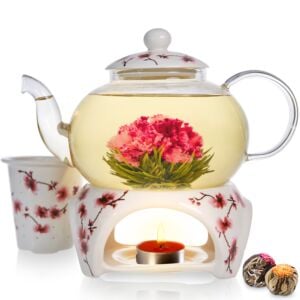
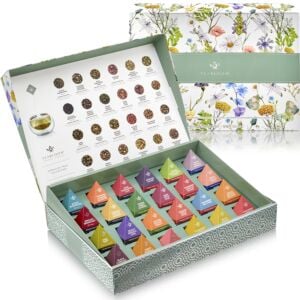
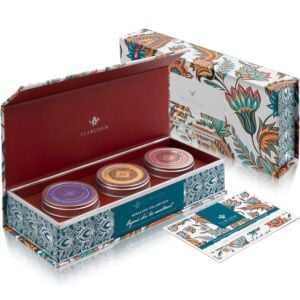
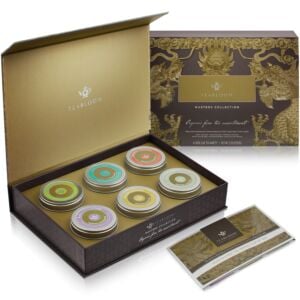
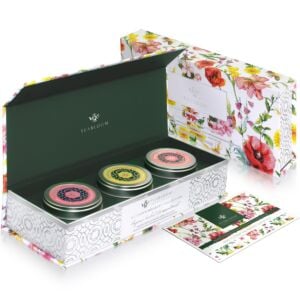
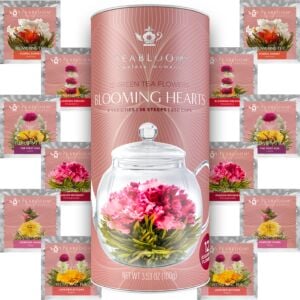

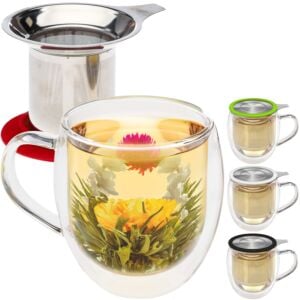
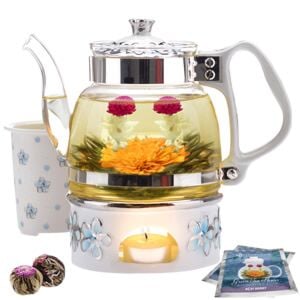

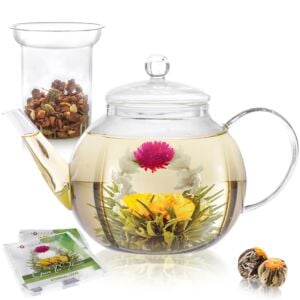
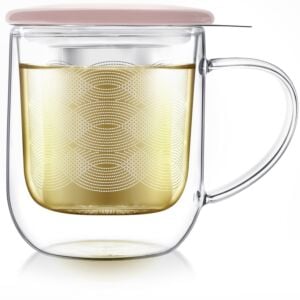
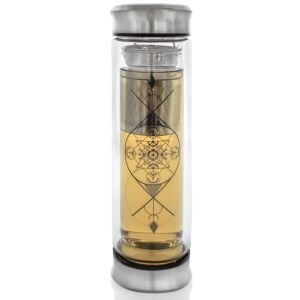
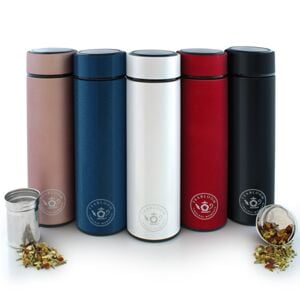

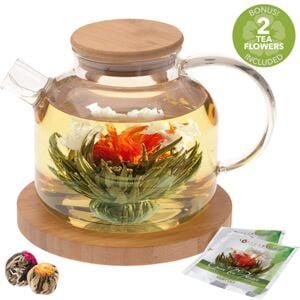
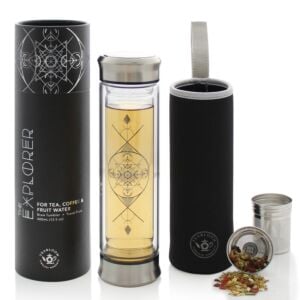
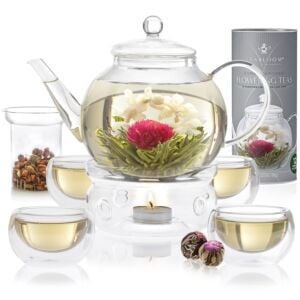
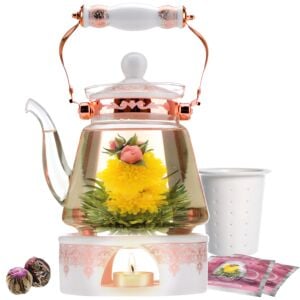
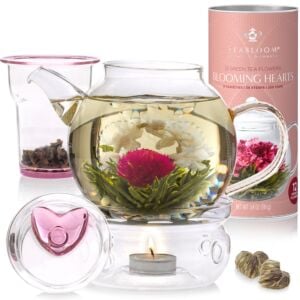
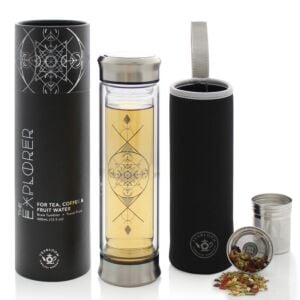
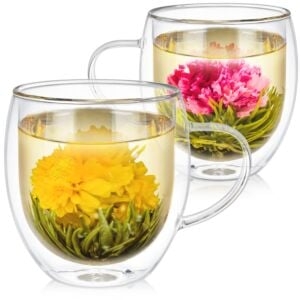
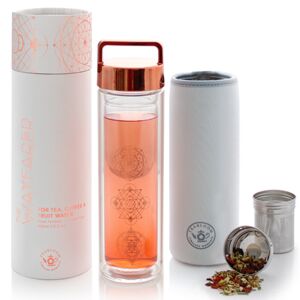
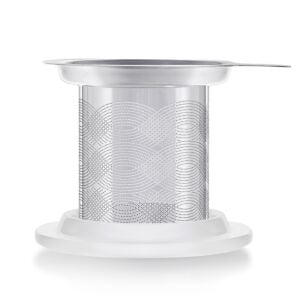
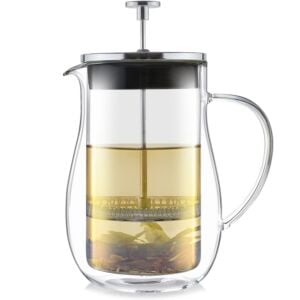
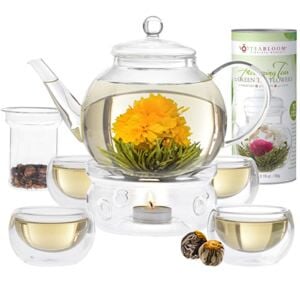
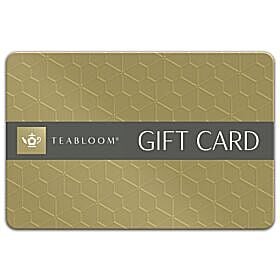



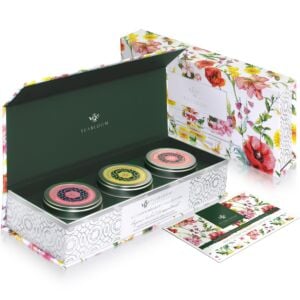
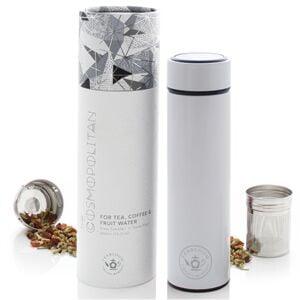


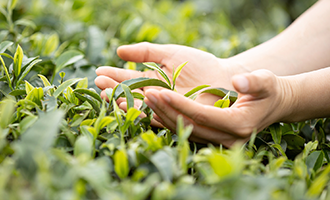
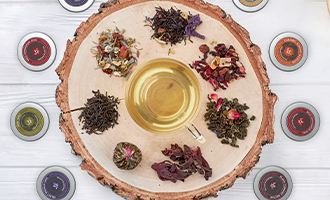
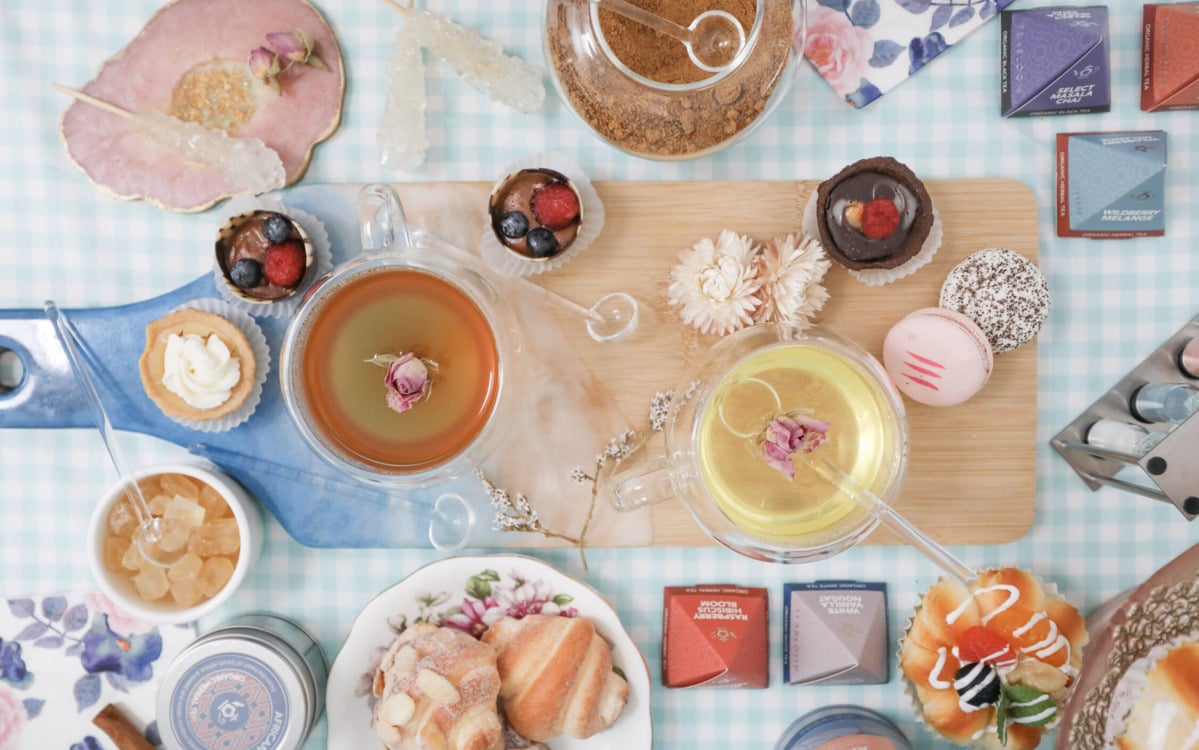
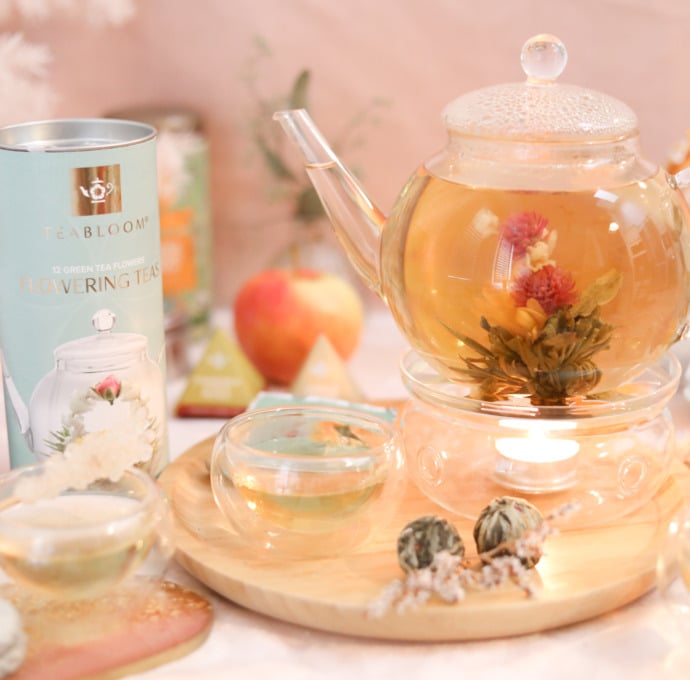
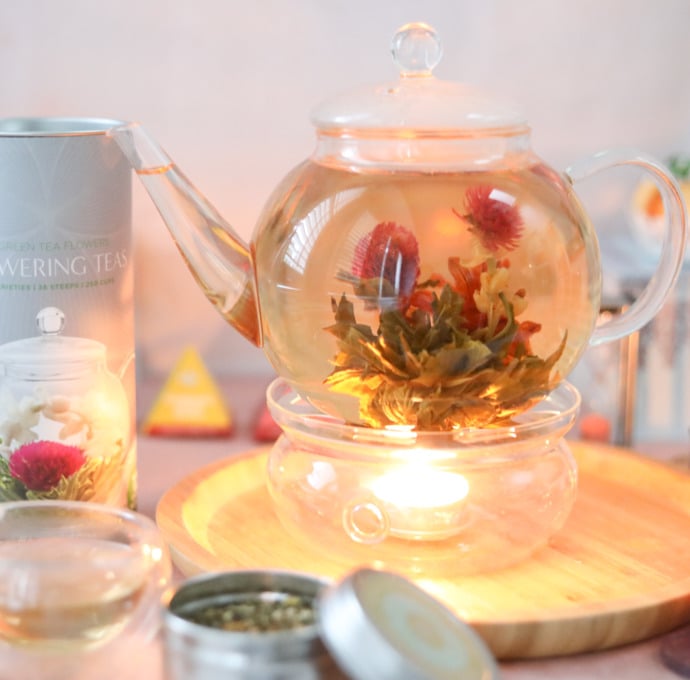
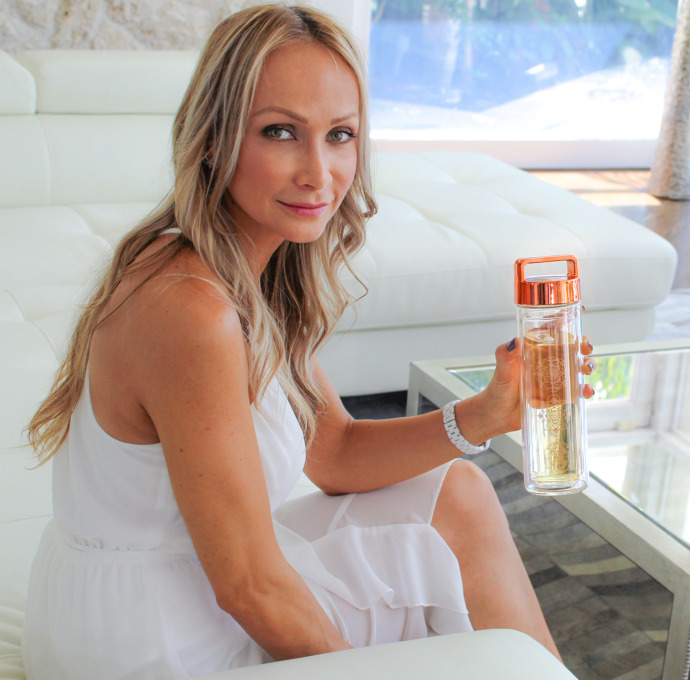
Share your thoughts